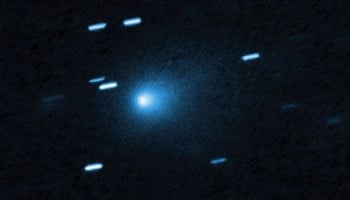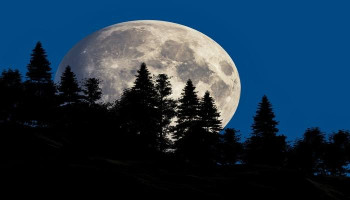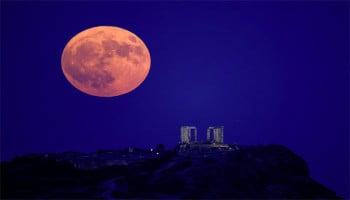
The Webb Space Telescope has illuminated fresh details about Uranus, the solar system's seventh planet, uncovering intricate facets of its icy structure and captivating ring system. The telescope's Near-Infrared Camera (NIRCam) recently captured a stunning image, astonishing astronomers worldwide with its vivid portrayal of the ice giant.
Exploring the secrets of Uranus
Uranus, categorised as an ice giant, predominantly comprises water, ammonia, and methane enveloping a rocky core. Its atmosphere teems with hydrogen sulfide. The latest image not only reveals the planet's mysterious makeup but also exposes its faint Zeta ring, the innermost planetary ring encircling Uranus.
Uranus moons
Adding to scientific intrigue, the image showcases nine of Uranus's 27 recognised moons, featuring Rosalind, Puck, Belinda, Desdemona, Cressida, Bianca, Portia, Juliet, and Perdita. These celestial bodies derive their names from characters in literary works by Shakespeare and Pope. Another image spotlights 14 moons, including Oberon, Titania, Umbriel, Ariel, and Miranda, augmenting the aforementioned list.
Unique polar cap and auroras
The distinct deep blue crescent observed on Uranus originates from its expansive north polar cap, heightened by the planet's extraordinary axial tilt. This tilt promises a unique opportunity in 2028 when the polar cap will directly face Earth, allowing for enhanced observation.
Additionally, a reddish aurora triggered by ion H3+ has been witnessed on Uranus. Recognising the immense potential for scientific exploration, the National Academies of Sciences, Engineering, and Medicine have prioritised a mission to probe Uranus as the foremost flagship mission for the approaching decade, despite the planet's historical role in comedic banter.
















